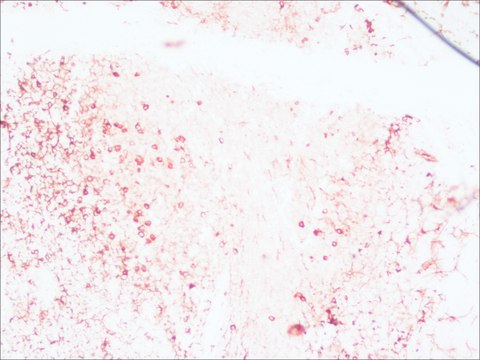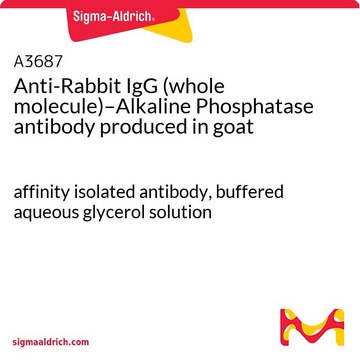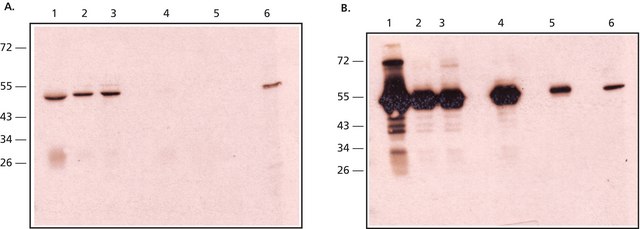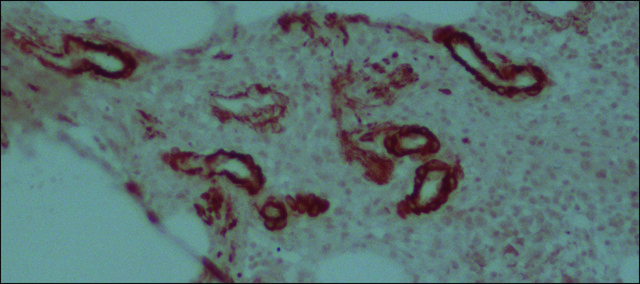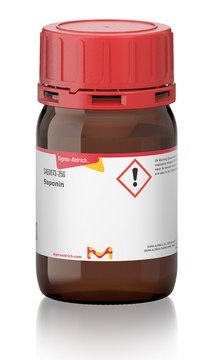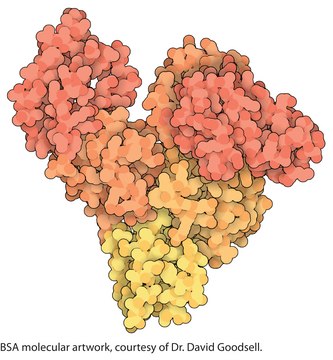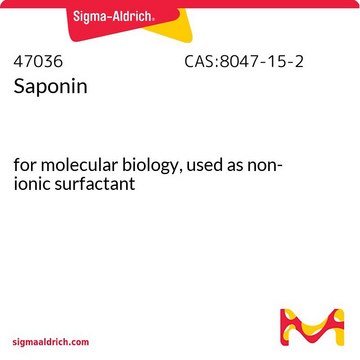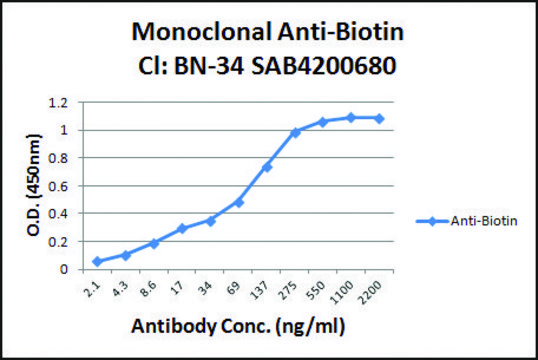R3155
Anti-Rabbit IgG, Native−Peroxidase antibody, Mouse monoclonal
clone RabT-50, purified from hybridoma cell culture
Synonym(s):
Mouse Anti-Rabbit IgG
About This Item
Recommended Products
biological source
mouse
Quality Level
conjugate
peroxidase conjugate
antibody form
purified immunoglobulin
antibody product type
secondary antibodies
clone
RabT-50, monoclonal
form
buffered aqueous solution
species reactivity
rabbit
should not react with
human, horse, bovine, cat, rat, chicken, pig, goat, monkey
concentration
2.5-5.0 mg/mL (antibody)
technique(s)
immunocytochemistry: suitable
indirect ELISA: suitable
western blot: 1:10,000-1:20,000 using 3T3 cell extracts using Anti-Actin (20-33), Catalog Number A5060, as the primary antibody
western blot: 1:10,000-1:20,000 using Hela cell extracts using Anti-Actin, N-terminal, Catalog Number A2103, as the primary antibody.
isotype
IgG1
shipped in
dry ice
storage temp.
−20°C
target post-translational modification
unmodified
General description
Specificity
Immunogen
Application
- immunoblotting
- immunoprecipitation
- western blotting
Physical form
Disclaimer
Not finding the right product?
Try our Product Selector Tool.
related product
Signal Word
Warning
Hazard Statements
Precautionary Statements
Hazard Classifications
Skin Sens. 1
Storage Class Code
12 - Non Combustible Liquids
WGK
WGK 3
Flash Point(F)
Not applicable
Flash Point(C)
Not applicable
Regulatory Information
Choose from one of the most recent versions:
Certificates of Analysis (COA)
Don't see the Right Version?
If you require a particular version, you can look up a specific certificate by the Lot or Batch number.
Already Own This Product?
Find documentation for the products that you have recently purchased in the Document Library.
Our team of scientists has experience in all areas of research including Life Science, Material Science, Chemical Synthesis, Chromatography, Analytical and many others.
Contact Technical Service